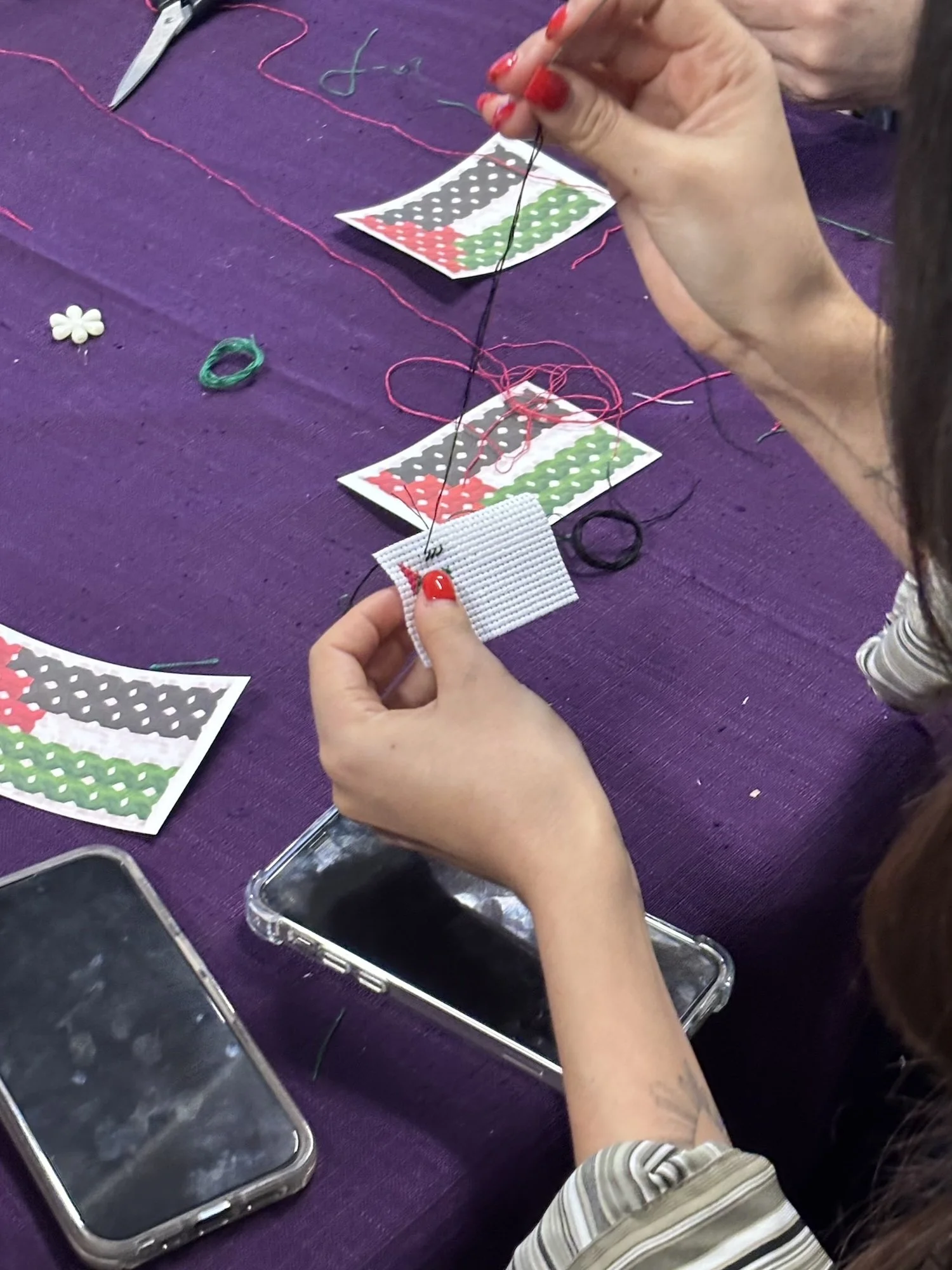Review: Kelly Reichardt's Old Joy
/Last month the Cinematheque put on an event dedicated to Kelly Reichardt’s movies, a director who, after I’d heard so many small bursts of praise, was starting to take on a mythic image in my mind. I knew her as the director who scouted 39 states before choosing the exact Walgreens parking lot she wanted for her scene, who trekked across the Oregon desert for a movie, who made big independent movies but slept on friends’ couches to live, an outsider who made movies about outsiders. This is true of her movies, too—they were described as hushed: slow, but powerful. Unlike anything else in American cinema. And they tended to get rather odd characterizations: a friend told me her films were so immersive and ambient that, watching, it felt like her head was in the inside the movie’s environment like a snow globe (whatever that means). A critic compared her movies to haiku.
Well, by the time I was at the event’s opening night — playing Old Joy, the movie that garnered international recognition — I’d heard enough strange praise of her movies that I was prepared dislike it. But I didn’t. It surprised me: I loved it. It turns out Old Joy is a movie that deserves its praise. It masterfully pulls the audience through a film experience they’ve never been through, comfortably. It’s a movie full of effective and affecting silences, with rich depths of feeling that pop up in waves, overwhelming the viewer. I agree: “[Kelly Reichardt is] one of the few masters now working in American independent film.”
Kelly Reichardt, c/o the Cinematheque
The movie’s premise is simple: two old friends, Mark (Daniel London) and Kurt (Will Oldham), try to resume their friendship with a 2-day road-trip to a little hot-spring, hidden away. Both want an epiphanic journey into the woods, and to just get away for a while—Mark needs a break from his passive aggressive relationship with his pregnant wife, Kurt wants to continue his permanent break from all responsibilities—but as soon as they officially meet up, it becomes clear this won’t be like other road trip movies.
First, Kurt looks unwell. He’s pulling an old blocky computer the size of a mini-fridge on a kids’ wagon. He’s got a potbelly, a raggedy beard, poofs of hair on either side of his head that look vaguely wing-like, and within the first minute of their reunion he’s already recounting his incoherent dreams and his trip to Ashland. Mark, gleeful a minute before, looks skeptical. And then worried. And then reticent. This is not what he was expecting. From here the movie detaches itself from typical road trip themes—‘will they find what they’re looking for’—and asks more subtle questions: “how did these two know each other before?” and, “what’s caused them to change?” and, “will they be able to reconnect?” all encircling the related nested question, “what are the barriers to affection?”
There are a few Reichardtian trademarks that make this plot both stranger and better than it sounds. One is the pacing. Frames flip by for what seems like forever (sometimes for 40+ seconds, often at least 10-20+ seconds) before there’s a cut, which lends itself to the movies slow-burn, drifting feeling. Beyond that, the slow cuts give the viewer time to think about every image they see, which happens to be a nice corrective to Hollywood’s frenetics, but also, surprisingly, creates the movie’s at-times unbearable tension. Often throughout the film you get the uncomfortable sense that you’ve been staring at something or someone for too long, in the same way a held gaze can go from comfortable to awkward to aggressive if held. Reichardt holds a shot long enough for the full development of emotion, every time. With these slow cuts, Reichardt’s done an amazing thing, which is prove one long cut can be much more stress-inducing than a flash of quick cuts.
Oldham and London in Reichardt's Old Joy, c/o the Cinematheque
But what really strikes me as uniquely Reichardtian is how much attention is paid to ambiance and environment. The movie puts the Pacific Northwest on complete display, full of its nuance and the little secrets you’d only know if you’d been there: there’s the soft thud of boots on wood chip trails, and the way these sounds echo across the little rooms made by trees; there’s the realization that splashing water can sound a thousand different ways, and the beauty of so much green—green moss, green trees, green wildlife. Along with that, she’s captured the sociopolitical space. It’s Bush-era America, with the broken idealism, the post-9/11 sadness, and the growing environmental conscience (the movie predates An Inconvenient Truth by just one month). The movie’s fully relevant today, but it’s also very much a snapshot of its time.
When the movie does end, it ends after one of the most strange but emotionally complex scenes I’ve seen in cinema. Kurt tries to give Mark a massage. Mark resists. It’s awkward. He’s arching his neck and flexing his shoulders and doing just about every other politically correct thing he can to communicate no. “Just relax,” says Kurt. “Just settle in.” There’s so much going on here—coercion, manipulation, the underlying metaphor of their inability to connect, and questions: is this homoerotic, going to get more homoerotic? Is it tender, or forceful? These are long moments where it’s totally unclear what’s going to happen next, which starts to become unbearable. Then Mark's face moves from tensed, to annoyed, to calmed. Finally, he relaxes. And all of the movies accumulated emotional intensity relaxes with him. It’s ecstatically calm, on-screen, and off-screen. But just for a second. A few scenes later, Mark returns home, looking as glacially stern as before. Kurt returns to the street, looking as confused as before. And Reichardt leaves us wondering with a poignant finish: why is it so hard to (re)connect?







